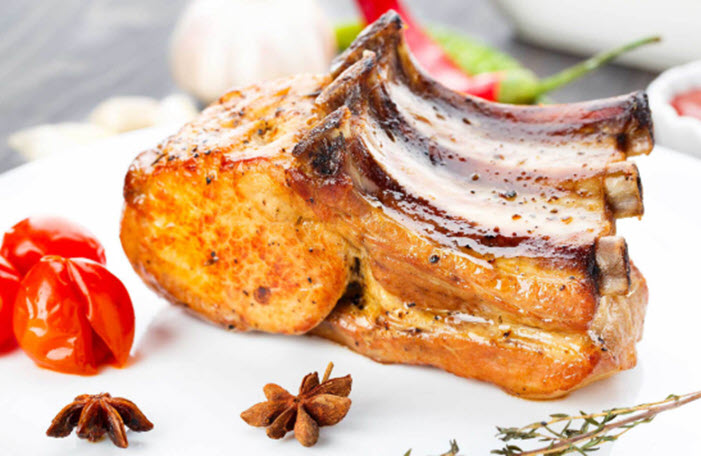Higher tariff rates will definitely have some negative impact on exports to Panama, but the pork demand is expected to weather the rate increase fairly well.
U.S. pork exports to Panama are off to such a red-hot start in 2019 that a safeguard measure has been triggered.
Due to export volume already exceeding 130% of the tariff rate quota included in the U.S.-Panama Trade Promotion Agreement, higher tariff rates on U.S. pork were applied April 1 and will remain in effect through the end of this year. Panama’s 2019 out-of-quota tariff rate for most U.S. pork products is 54.4%, but when the safeguard was triggered this rate increased to 70%. Lower rates apply to some products and the tariff rate on U.S. pork variety meat remains at zero.
Gerardo Rodriguez, U.S. Meat Export Federation regional marketing director for Mexico, Central America and the Dominican Republic, says that while the higher tariff rate will definitely have some negative impact on exports to Panama, he expects demand to weather the rate increase fairly well. He explains that further in this interview:
Rodriguez notes that the USMEF has positioned U.S. pork as a versatile product that delivers excellent value to its Panamanian customer base. This is true throughout Central America, where six of the seven countries in the region are now top 20 markets for U.S. pork and in 2018 exports achieved double-digit growth in nearly all of these markets.
U.S. pork exports to Central America were record-large last year, totaling 86,031 metric tons valued at more than $200 million. Through February, this year’s exports to the region were 16% above last year’s volume pace and up another 12% in value. Exports to Panama have accelerated at an even faster rate, climbing 66% in volume and 45% in value from a year ago.
